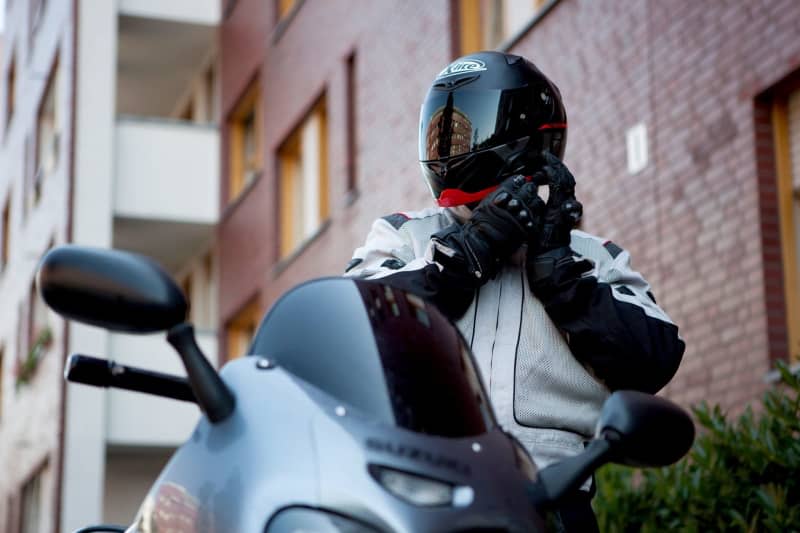When is it time to buy a new motorcycle helmet?

Time for a new motorcycle helmet? That question is not so easy to answer. Certainly after an accident or a hard knock, you should get a new one even if there’s no visible external damage. That’s because the internal structure may be damaged.
Even barring accidents, there comes a time when your old helmet is due to be replaced. But when is that? The answer depends primarily on individual usage.
The general rule of thumb is that modern helmets should be replaced every five to seven years. That’s also the interval recommended by many manufacturers.
Dekra, a testing organisation in Germany, recommends a helmet change after seven years at the latest. Other experts prefer to use mileages such as after 20,000 kilometres.
According to Dekra, the age and condition of the padding inside helmets can affect safety. The cushions can give way, the Styrofoam can deform, and the rubber parts can become brittle.
This can result in the helmet no longer providing as much protection, becoming uncomfortable to wear, and possibly hindering ventilation.
That's why it's important to check the helmet regularly to make sure it fits well. Pay attention to the condition and length of use and not just the age of the helmet. If the visor has scratches, it can often be replaced without buying a new helmet.
When trying on a new helmet, you should put it on for at least ten minutes and preferably longer. On the one hand, it must sit tightly, but on the other hand, it shouldn’t cause any pressure points.
Also consider the weight. Lighter helmets are more comfortable to wear and can mean less strain on the cervical spine in the event of an impact.
Ideally, you should take a test drive while wearing the helmet. According to Dekra, this will indicate whether you feel comfortable while riding with the helmet on and whether it harmonises with the air flow you experience on the bike.
Pay attention to noise. The helmet shouldn’t let in too much of the outside noise, but it also shouldn’t isolate the wearer too much from the signals and sounds of other road users.

